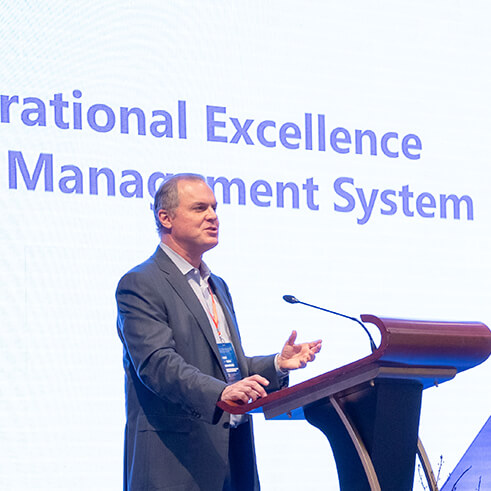Secrets to Sustaining Your Operational Advantage
As part of our Leading Change series, I was recently interviewed about the industry changes I've seen in my 30 years as a manufacturing consultant and why it’s important to keep lean alive. I covered a broad range of topics (See the full conversation). While low financing rates have reduced carrying costs, inventory is still the root of all evil. Poor performers still tend to have wasteful inventory management practices. The companies that keep lean alive have survived and thrived have had to figure out how to compete globally.
To accomplish that they’ve had to build and sustain an operational advantage. That starts with a strong strategy deployment process, where leaders communicate the objectives and make frequent personal contact with key players throughout the year to make sure adequate progress is being made. An improvement program won’t succeed in the long term when it’s driven by a single individual. It may perform well while the leader is there, but as soon as he or she leaves it tends to fall apart. Continuous improvement departments work best when the positions are structured as a development role for future leaders in the business.
People develop an immense amount of core leadership practices from facilitating events, teaching people lean principles and daily coaching. Another long-term success factor is the ongoing viability and power of kaizen events. Many managers were first introduced to lean concepts and tools by participating in such events. But out of expedience they’ve reverted back to the old way of making changes, by channeling such efforts through a few individuals in engineering. They no longer involve the people who actually do the work in making process improvements. That’s a big mistake. However, structured kaizen events are a proven methodology for teaching people new skills, getting them involved in making changes, giving them time to make improvements and, ultimately, to sustaining them.
Are you doing all you can to keep lean alive in your organization? At the end of the day, when you teach people to continually think about how to make things better, and then let them try out new ideas, they learn from the application of their ideas, good or bad. It’s a simple thing, but that’s what makes continuous improvement work.





